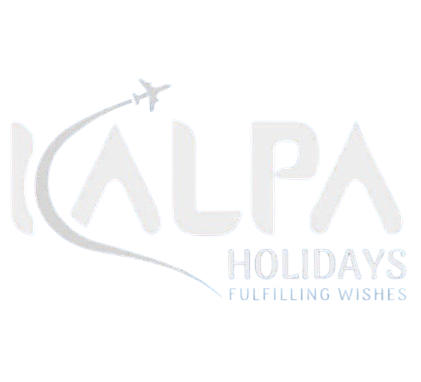Upper Dolpo Trekking offers a mesmerizing journey through one of the most remote and culturally rich regions of Nepal. Nestled in the rain shadow of the Dhaulagiri and Tibetan plateau, Upper Dolpo is a hidden gem that promises a unique trekking experience for those seeking an off-the-beaten-path adventure. The trek begins with a flight to Juphal, the gateway to Dolpo, and from there, the trail winds through picturesque villages, ancient monasteries, and rugged landscapes.
As trekkers traverse the trail, they are treated to breathtaking views of towering peaks, including the iconic Dhaulagiri and the Kanjiroba massif. The region’s isolation has preserved its ancient Tibetan culture, and travelers have the opportunity to interact with the friendly locals, gaining insight into their traditional customs and lifestyles. The trek also takes adventurers through Shey Phoksundo National Park, home to the stunning Phoksundo Lake, one of the deepest alpine lakes in the world.
The challenging terrain adds to the allure of Upper Dolpo Trekking, with high mountain passes, rocky trails, and arid landscapes that test the endurance of trekkers. Crossing the Shey La Pass, nestled at an altitude of over 5,000 meters, is a highlight of the journey, rewarding trekkers with panoramic views of the surrounding Himalayan peaks. The trail also passes through the ancient trading routes that once connected Dolpo with Tibet, adding a historical dimension to the adventure.
Accommodation along the trek is typically in basic tea houses or camping in the pristine wilderness. The simplicity of the accommodations contrasts with the grandeur of the surroundings, creating a unique and immersive experience. Trekkers should be prepared for the rustic charm of the lodges and the lack of modern amenities, embracing the authenticity of the remote Himalayan lifestyle.
Upper Dolpo Trekking is not just a physical challenge; it is a spiritual and cultural journey that leaves a lasting impression on those who undertake it. The serene landscapes, the warm hospitality of the locals, and the sense of isolation from the modern world make this trek a truly transformative experience. For those seeking an adventure that goes beyond the well-trodden paths, Upper Dolpo Trekking beckons with its raw beauty and untamed wilderness.
Upper Dolpo Trek Highlights
1. Explore one of the Himalayas’ most remote and untouched regions, offering a true wilderness experience.
2. Immerse yourself in the ancient Tibetan traditions of the Dolpo people, visiting traditional villages and monasteries.
3. Witness the stunning Shey Phoksundo Lake, the deepest in Nepal, with crystal clear turquoise waters set against rugged mountains.
4. Marvel at the powerful beauty of the Phoksundo Waterfall, a captivating natural wonder along the trek.
5. Explore the ancient village of Dho Tarap, surrounded by traditional stone houses and ancient monasteries.
6. Challenge yourself by crossing high mountain passes like Kang La and Shey La, offering breathtaking panoramic views.
7. Discover the diverse plant and animal life, including blue sheep and Himalayan tahr, making Dolp a haven for nature enthusiasts.
8. Enjoy stunning views of Himalayan giants like Dhaulagiri and Kanjiriwa throughout the trek.
9. Visit Shey Gompa, an ancient monastery with unique Tibetan Buddhist art and spiritual significance.
10. Encounter camping in pristine communities, gaining insights into their herding practices and seasonal migrations.
Best time for Upper Dolpo Trek
The best time to trek the Upper Dolpo is during the spring and autumn seasons in Nepal. These periods offer the most favorable weather conditions, clear skies, and optimal temperatures for trekking.
Spring Season (March to May)
Spring is one of the most popular times to trek in the Far Western Region, which includes the Upper Dolpo Trek. During this season:
- Weather Conditions: The weather is generally mild and pleasant, with daytime temperatures ranging from 15°C to 25°C at lower elevations, while higher elevations are cooler.
- Clear Views: The skies are typically clear, providing stunning views of the surrounding mountains, including Dhaulagiri, Kanjiroba, Churen Himal, and Putha Hiunchuli.
- Flora: The rhododendron and pine forests are in full bloom, creating a vibrant landscape with colorful flowers and lush greenery.
- Crowds: Though this is a popular trekking season, the Upper Dolpo Trek trails remain less crowded than other treks in the Langtang Region.
Autumn Season (September to November)
Autumn is another ideal time to trek the Upper Dolpo this season:
- Weather Conditions: The weather is stable with clear skies, low humidity, and pleasant temperatures, similar to spring. Daytime temperatures range from 10°C to 20°C at lower elevations, while it is cooler at higher altitudes.
- Clear Views: Autumn is known for its crisp air, providing excellent visibility of the surrounding peaks and landscapes.
- Festivals: This season aligns with major Nepali festivals like Dashain and Tihar, offering cultural insights and opportunities to experience local traditions.
- Crowds: Though autumn is the peak trekking season in Nepal, the Upper Dolpo Trek trails are less crowded compared to other treks.
Off-Season Considerations
While spring and autumn are the best time for the Upper Dolpo Trek, some trekkers prefer off-season trekking for a unique experience. However, these periods come with challenges:
- Winter Season (December to February): Trekking in winter offers solitude and stunning snowy landscapes, but temperatures can drop significantly, especially at higher elevations. Trails might be icy, and some teahouses could be closed.
- Monsoon Season (June to August): The monsoon brings heavy rain, making trails slippery and increasing the risk of landslides and leeches. The clouds and rain can also obstruct mountain views.
Overall, spring and autumn offer the best combination of weather, views, and cultural experiences, making them the ideal times to trek the Upper Dolpo. If you’re planning a trip during the off-season, be prepared for additional challenges and always check weather forecasts and trail conditions in advance.
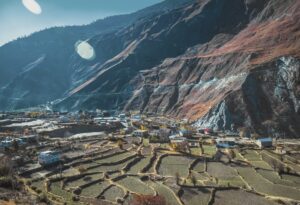 Trekking
Trekking
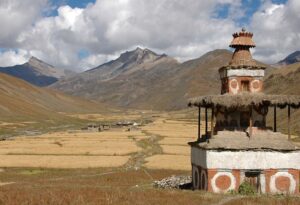 Trekking
Trekking
 Trekking
Trekking
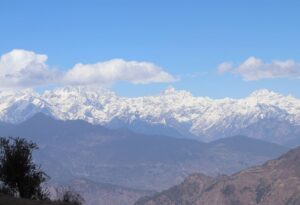 Trekking
Trekking
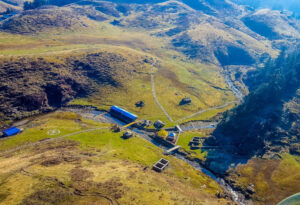 Trekking
Trekking
 Trekking
Trekking
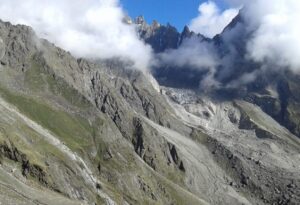 Trekking
Trekking
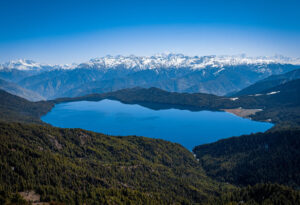 Trekking
Trekking
